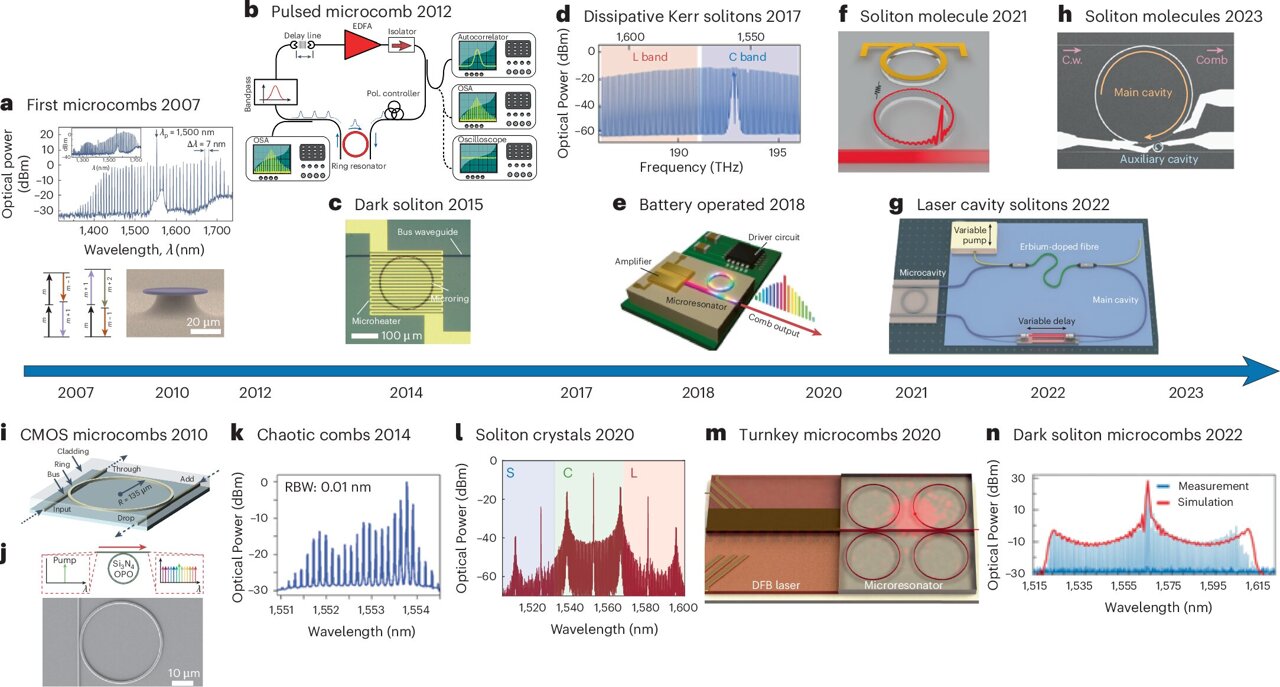
In a groundbreaking study, scientists from Swinburne University of Technology have unveiled a method to dramatically expand data bandwidth using integrated optical frequency combs. Commonly called ‘optical rulers,’ these frequency combs generate a precise spectrum of light with evenly spaced frequencies, which can be used to encode and transmit data more efficiently than current technologies.
As the world faces escalating demands for faster, higher-capacity internet and telecommunications services, traditional data transmission methods are reaching their physical and technological limits. The study, published recently by Swinburne researchers, illustrates how integrated optical frequency combs can overcome these limitations by enabling the transmission of multiple data channels within a single optical fiber.
The technology works by producing stable, regularly spaced optical signals that act like distinct channels in the spectrum—similar to how radio stations occupy specific frequencies. Because optical fibers can carry these multiple channels simultaneously, the result is a significant increase in data throughput without requiring additional infrastructure.
Unlike traditional bulky frequency comb generators, integrated optical combs are compact, energy efficient, and compatible with modern photonic chips. This miniaturization is essential for scaling up the technology for widespread commercial use, including in data centers and telecom networks. The research highlights how integrated approaches can combine power efficiency with high performance, addressing the increasing demand for sustainable and faster data transmission.
The implications of this development extend to a wide range of fields beyond telecommunications. Optical frequency combs have potential applications in precision spectroscopy, sensing, and even navigation systems. However, their most immediate impact is expected in high-speed optical communications, where they could play a crucial role in meeting the demands of emerging data-hungry technologies like 5G networks, cloud computing, and artificial intelligence.
In conclusion, Swinburne University’s breakthrough paves the way for cost-effective, scalable solutions to global data capacity challenges. Integrated optical frequency combs may soon become a cornerstone of future communication infrastructure, enabling faster, more reliable internet connections for billions of users worldwide.
Source: https:// – Courtesy of the original publisher.








